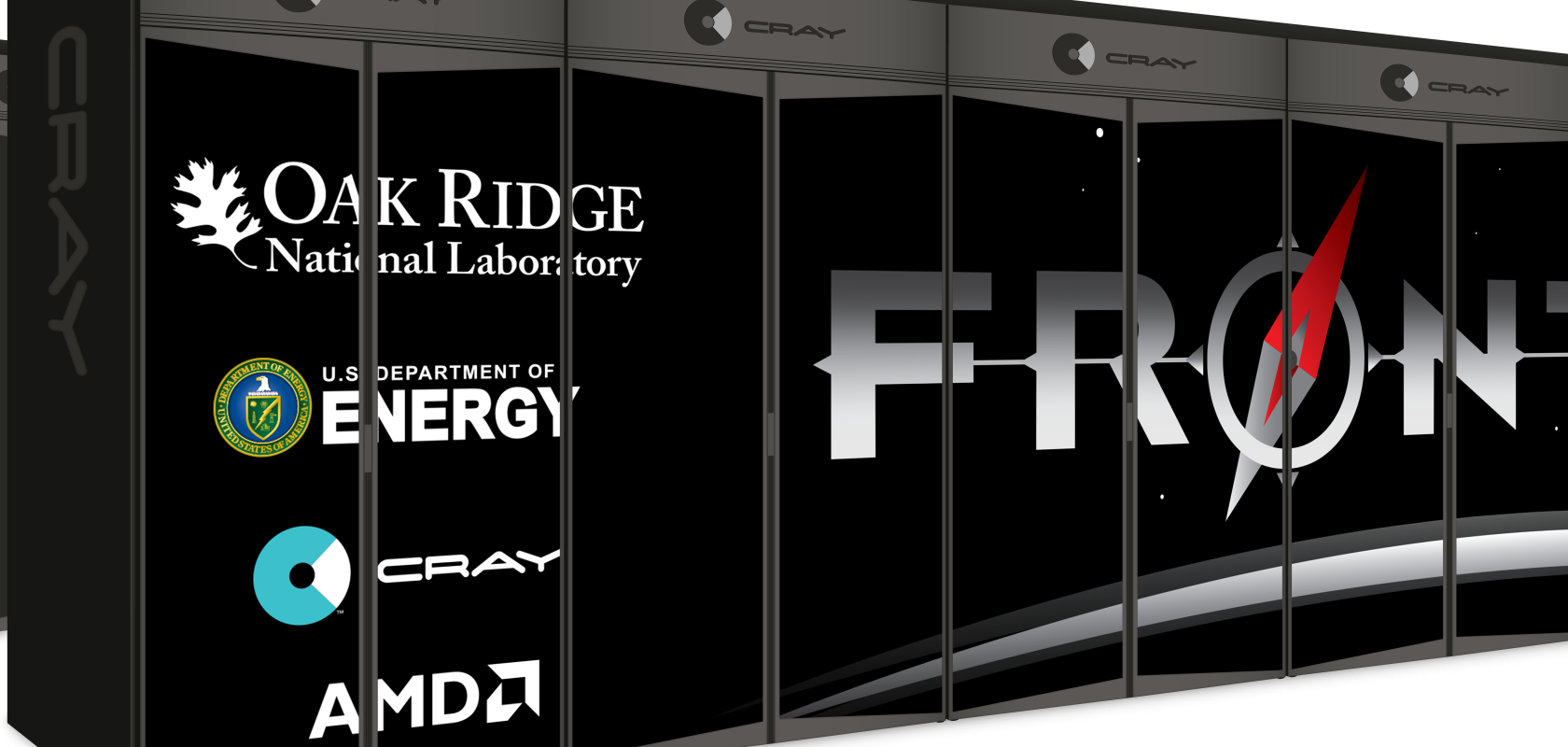The latest edition of the TOP500 revealed the Frontier system to be the first true exascale machine with an HPL score of 1.102 Exaflop/s.
The number 1 spot is now held by the Frontier system at Oak Ridge National Laboratory (ORNL) in the US. Based on the latest HPE Cray EX235a architecture and equipped with AMD EPYC 64C 2GHz processors, the system has 8,730,112 total cores, a power efficiency rating of 52.23 gigaflops/watt, and relies on gigabit ethernet for data transfer.
However, a recent development to the Frontier system has allowed the machine to surpass the 1 exaflop barrier. With an exact HPL score of 1.102 Exaflop/s, Frontier is not only the most powerful supercomputer to ever exist – but it’s also the first true exascale machine.
The top position was previously held for two years straight by the Fugaku system at the RIKEN Center for Computational Science (R-CCS) in Kobe, Japan. Sticking with its previous HPL benchmark score of 442 PFlop/s, Fugaku has now dropped to number 2 2. Considering the fact that Fugaku’s theoretical peak is above the 1 exaflop barrier, there’s cause to also call this system an exascale machine as well. However, Frontier is the only system able to demonstrate this on the HPL benchmark test.
Another change within the TOP10 is the introduction of the LUMI system at EUROHPC/CSC in Finland. Now occupying the number 3 spot, this new system has 1,110,144 cores and has a HPL benchmark of nearly 152 PFlop/s. LUMI is also noteworthy in that it is the largest system in Europe.
Finally, another change within the TOP10 occurred at the number 10 spot with the new addition of the Adastra system at GENCI-CINES in France. It achieved an HPL benchmark score of 46.1 Pflop/s and is the second most powerful machine in Europe, behind LUMI.
Other TOP500 Highlights
Once more, AMD processors seem to be a preferred technology for HPC systems. Frontier utilizes 3rd Gen AMD EPYC CPUs optimized for HPC and AI. The number 3 LUMI system also relied on AMD 3rd Gen EPYC processors, while number 7 Permutter used AMD EPYC 7763 processors and number 8 Selene used AMD EPYC 7742 processors.
Another point reminiscent of most recent TOP500 lists is the fact that China and the United States are the two countries with the most entries on the list. While China stagnated at 173 systems, the United States dropped from 150 systems to 126. Still, these two countries make up for nearly two-thirds of the supercomputers on the TOP500.
While there was some change in terms of system interconnects, the same trends as last list continue to hold. Ethernet still won out with 226 machines, but this was a drop from 240 machines on the last list. Infiniband accounted for 196 on the current list, which increased from 180 previously. Omnipath stayed consistent with 40 machines on the list, while custom interconnects dropped from 34 connections in the last list to 32 connections on the current one. Like the last list, there were only 6 systems with proprietary networks.
GREEN500 Results
The system to claim the number 1 spot for the GREEN500 is the Frontier Test & Development System (TDS) at ORNL in the US. With 120,832 total cores and an HPL benchmark of 19.2 PFlop/s, the Frontier TDS machine is basically just one rack identical to the actual Frontier system. Therefore, it makes sense that it is outmatched by Frontier’s 7,733,248 cores and HPL benchmark of 1.102 Exaflop/s. However, Frontier TDS has some impressive efficiency capabilities. With a power efficiency of 62.8 gigaflops/watt, Frontier TDS is the clear leader of the GREEN500.
Continuing with this trend, and perhaps even redefining it, is the original Frontier system at ORNL in the US. This machine earned the highest spot on the TOP500 list and was still able to take the number 2 spot on the GREEN500. This system is able to produce a whopping 1.102 Exaflop/s HPL benchmark score while keeping its power efficiency at 55.23 gigaflops/watt. Considering this machine was able to stay competitive on the GREEN500 while becoming the first exascale system shows how energy efficiency is becoming a top priority for HPC facilities.
The number 3 spot was taken by the LUMI system, which is quite an accomplishment for the newcomer. Despite being the largest system in Europe, LUMI has an impressive power efficiency rating of 51.63 gigaflops/watt.
In fact, LUMI is part of a wider trend in HPC that is proving that power doesn’t have to be sacrificed in the name of efficiency. The number 4 spot was held by Adastra, an HPE Cray EX system at GENCI-CINES that took the number 10 spot on the TOP500. It’s also the second fastest in Europe and has an efficiency rating of 50.03 gigaflops/watt.
Last year’s winner of the GREEN500 has moved down to the number 5 spot, as the MN-3 system from Preferred Networks in Japan received a power efficiency rating of 40.90 gigaflops/watt. This is an improvement over the system’s previous score of 39.38 gigaflops/watt.
HPCG Results
The TOP500 list has incorporated the High-Performance Conjugate Gradient (HPCG) Benchmark results, which provide an alternative metric for assessing supercomputer performance and is meant to complement the HPL measurement.
At the moment, we do not have HPCG data on Frontier. Therefore, Fugaku is the winner here with 16.0 HPCG-petaflops. Once again, Summit retained its number 2 spot with 2.93 HPCG-petaflops, while LUMI took the number 3 spot from Sierra with 1.94 HPCG-petaflops.
HPL-AI Results
The HPL-AI benchmark seeks to highlight the convergence of HPC, and artificial intelligence (AI) workloads based on machine learning and deep learning by solving a system of linear equations using novel, mixed-precision algorithms that exploit modern hardware.
The Frontier system has demonstrated an HPL-AI benchmark of 6.86 exaflops, which more than triples Fugaku’s previous winner score of around 2 exaflops. Fugaku was the reigning champ for some time, but it would appear that Frontier has come along to shake up the competition.


